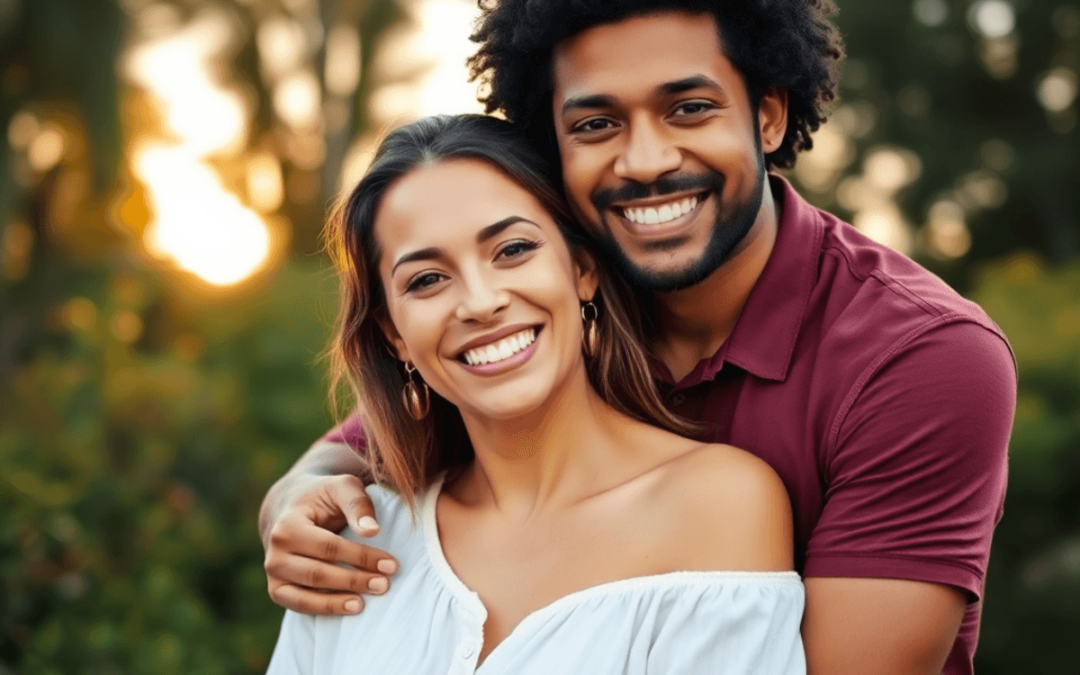Partner photography demands technical skill and understanding of human connection.
These proven techniques elevate your couple portraits from standard shots to lasting memories.
Essential Partner Photography Skills
Professional photographers understand the balance between technical execution and emotional authenticity.
The right approach transforms standard poses into meaningful moments.
Success in partner photography requires mastery of camera settings, lighting techniques, and interpersonal skills.
Your ability to read body language, anticipate moments, and create a relaxed atmosphere determines the quality of your final images.
A strong foundation in these core skills enables consistent results across different locations and lighting conditions.
RELATED: 4 high-converting photography lead magnet ideas
1. Master Natural Light
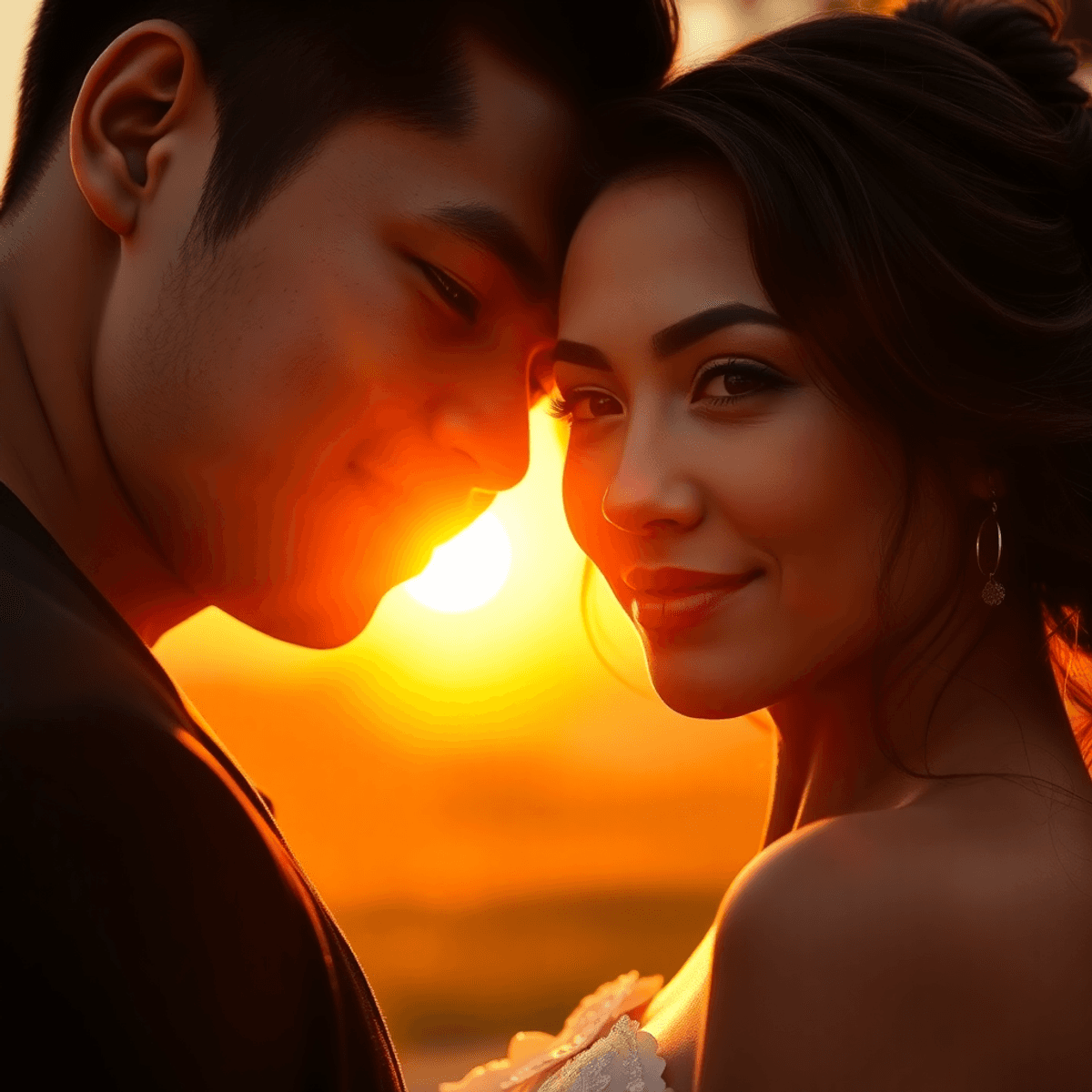
The sun creates ideal conditions for partner photography during golden hour. Position couples with light at 45 degrees to their faces.
This angle adds depth while maintaining shadows.
Natural light photography demands understanding of sun position, weather patterns, and seasonal changes.
Professional photographers track sun paths and plan shoots around optimal lighting conditions.
The interaction between light and shadow creates depth, dimension, and mood in your partner photographs.
Learning to read and work with natural light eliminates the need for complex lighting equipment.
Benefits of natural light:
– No equipment needed
– Soft, flattering shadows
– Rich colors
– Consistent results
2. Choose Strategic Locations
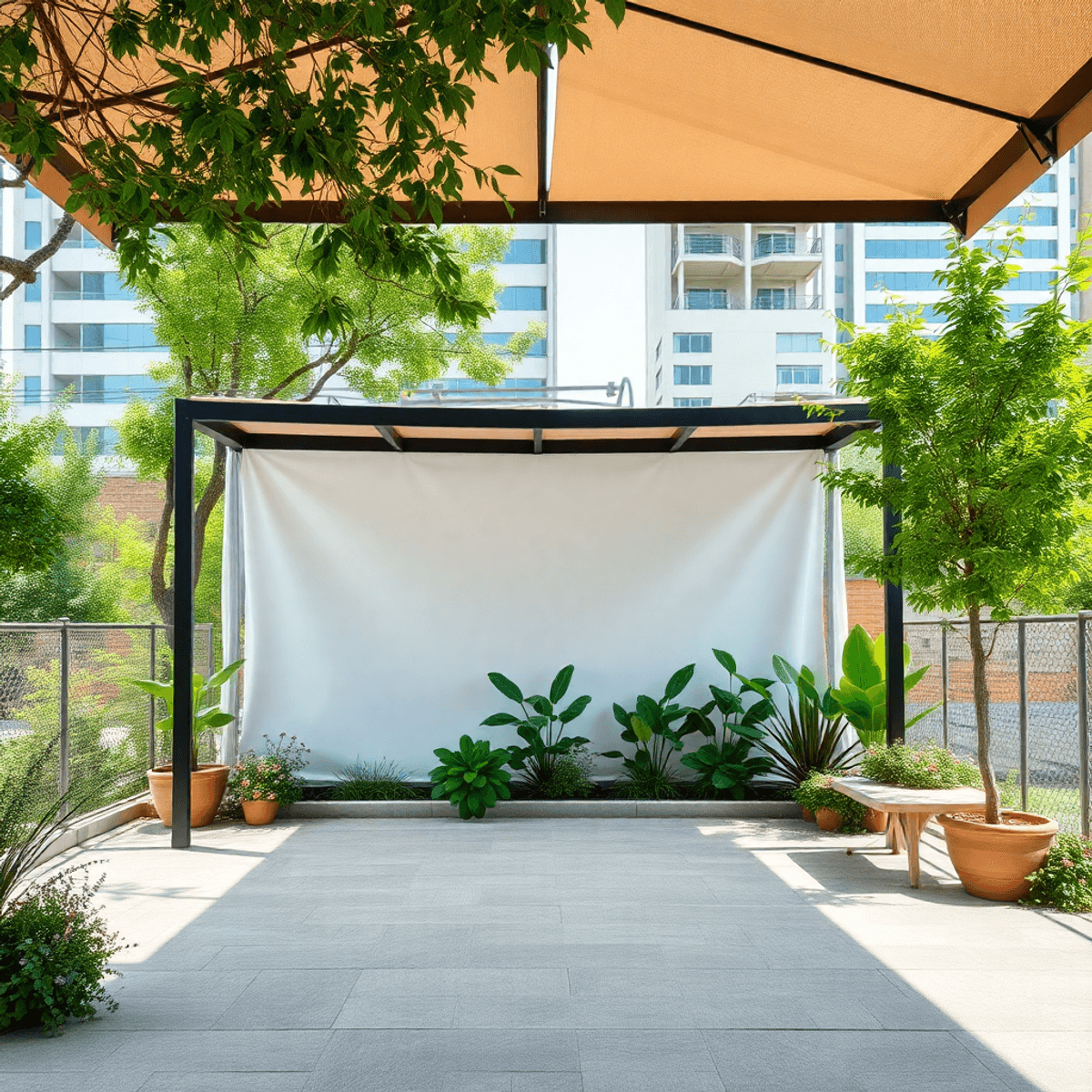
Location sets the mood for partner photography sessions.
Scout areas with clean backgrounds, multiple shooting angles, weather protection, and easy access.
Prior location scouting saves time during shoots and prevents unwanted surprises.
The best locations offer variety within walking distance – from urban textures to natural elements.
Professional photographers visit locations at different times to understand light patterns and crowd flows.
Each location should complement your subjects while providing backup options for weather changes.
Consider parking, permit requirements, and seasonal changes when selecting shoot locations.
Scout areas with:
– Clean backgrounds
– Multiple shooting angles
– Weather protection
– Easy access
3. Build Trust Through Communication
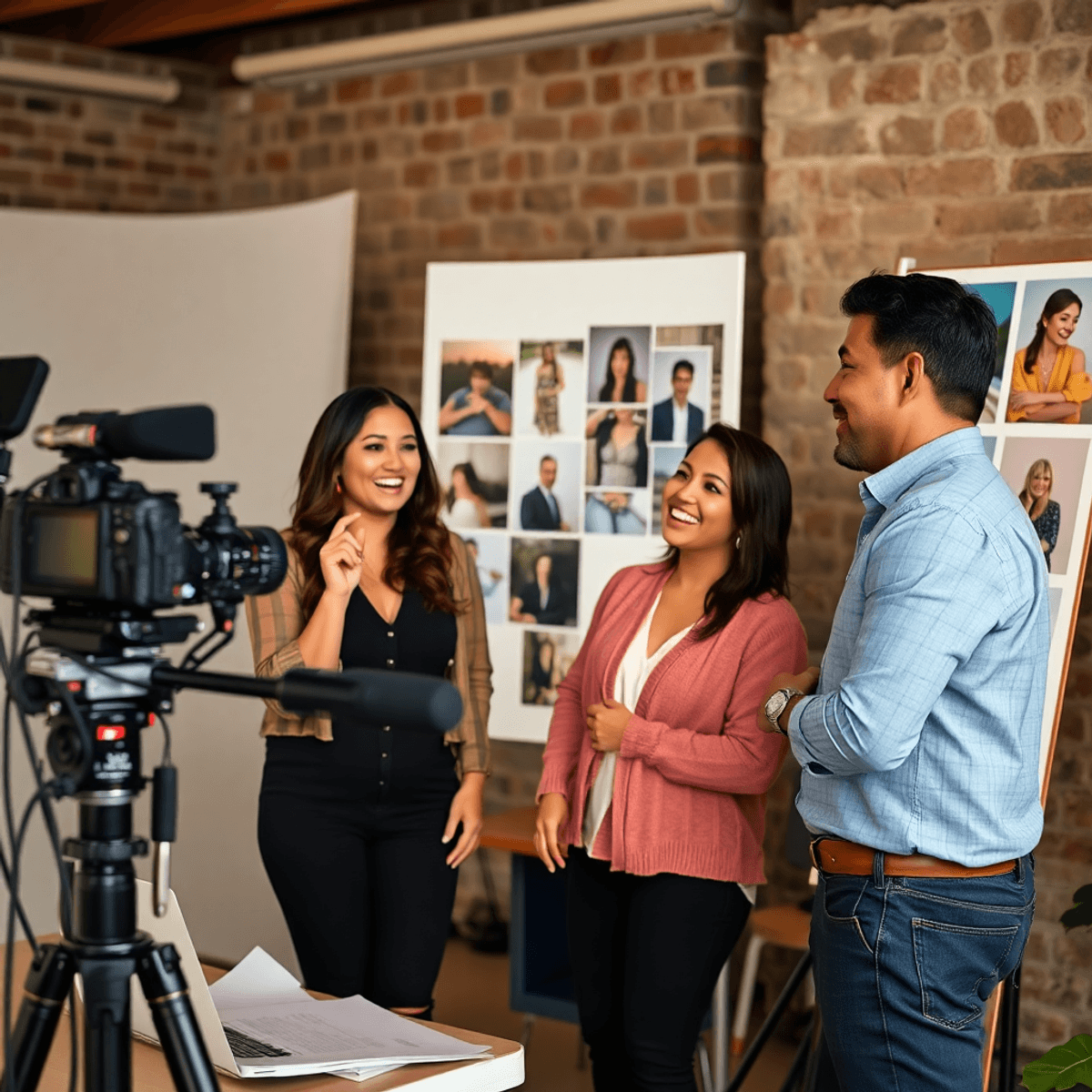
Connect with partners before shooting by understanding their story, preferences, and comfort level.
Pre-shoot consultations establish expectations and build rapport.
Discuss wardrobe choices, location options, and desired outcomes.
Share example poses and shots to align vision.
Effective communication during the shoot guides partners through poses while maintaining natural interaction.
Professional photographers read body language and adjust their approach based on couple dynamics.
Creating a comfortable atmosphere leads to authentic expressions and genuine moments.
Ask about:
– Their story
– Favorite activities
– Style preferences
– Comfort level
4. Perfect Your Posing Guide
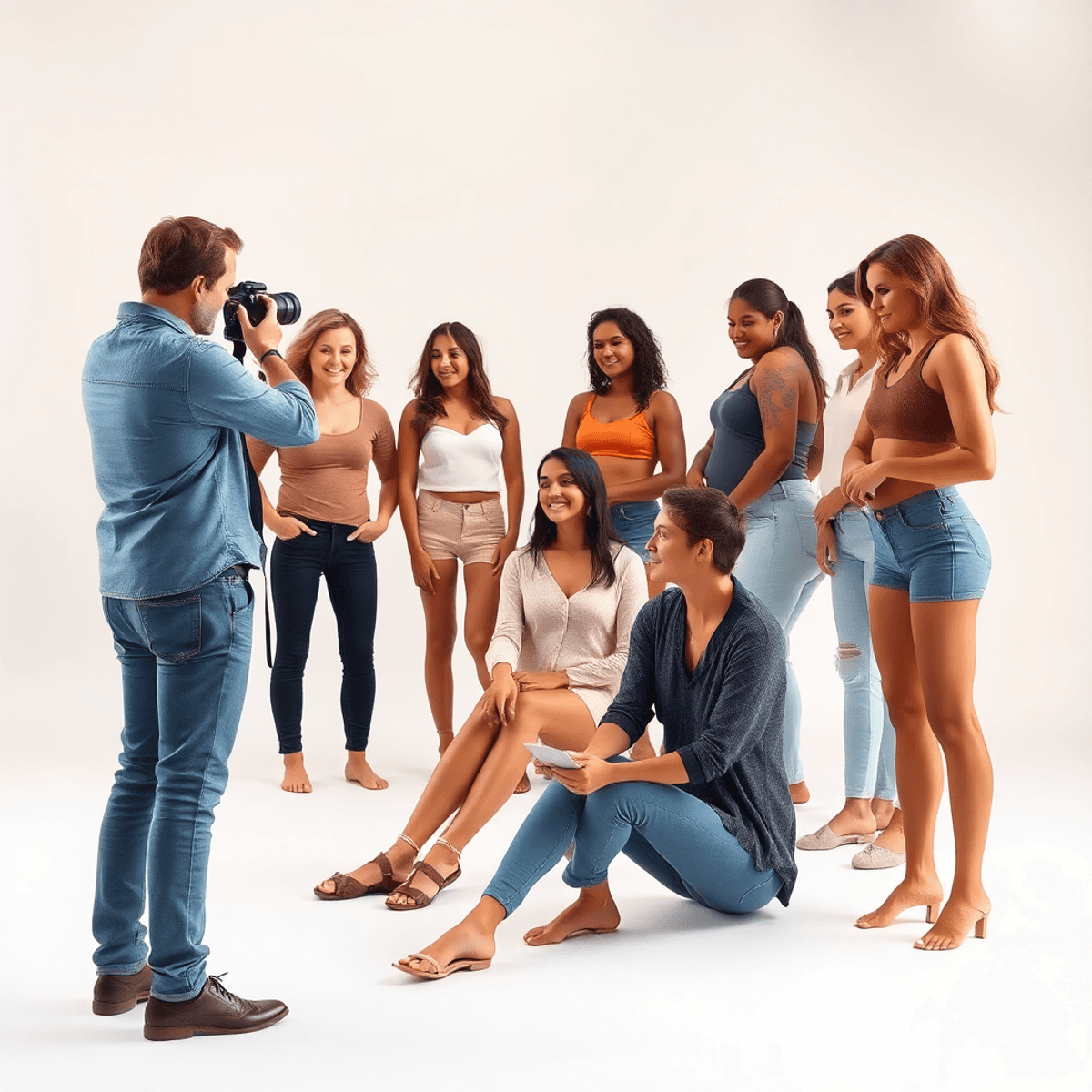
Create natural poses through clear direction, starting with basic standing positions and progressing to dynamic interactions.
Understanding body mechanics helps partners look their best.
Break down complex poses into simple steps.
Mix close and distant poses to create variety.
Professional photographers guide without micromanaging, allowing natural chemistry to shine through.
Posing techniques account for different body types, heights, and comfort levels.
The best poses emerge from genuine moments between guided positions.
– Start with basic standing positions
– Add subtle movements
– Include walking sequences
– Mix sitting and standing shots
5. Capture Candid Moments
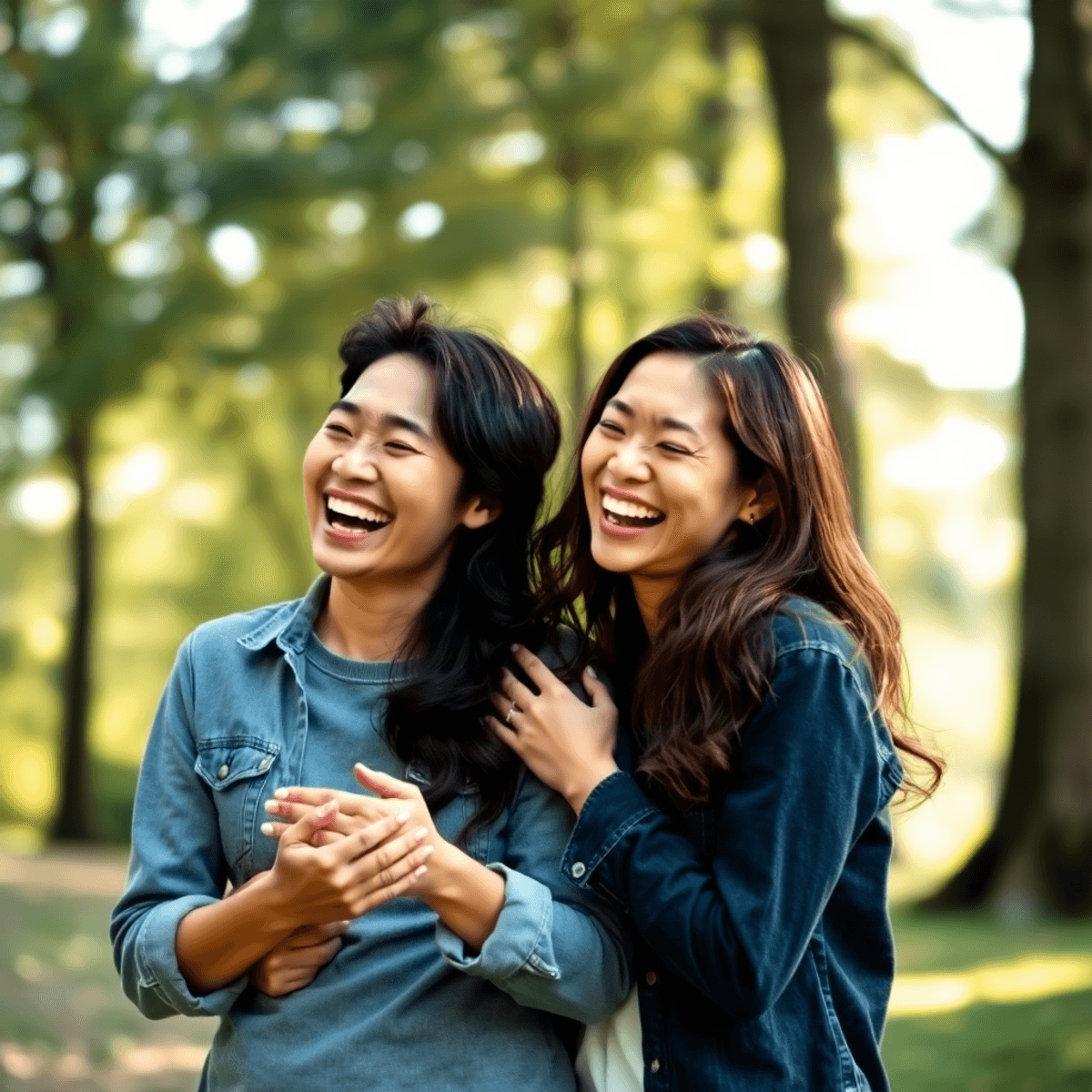
Raw emotions make memorable photos.
Encourage natural interaction through conversation and movement.
Professional photographers anticipate moments between poses, keeping cameras ready for spontaneous expressions.
Create opportunities for genuine laughter and connection. Tell stories or jokes to break tension.
Ask partners to whisper secrets or share memories.
Give couples tasks or games to forget about the camera.
Movement prompts like walking, dancing, or playing help partners relax into natural positions.
The best candid shots happen when couples forget about being photographed.
– Tell jokes
– Ask questions
– Play music
– Give space
6. Focus on Composition
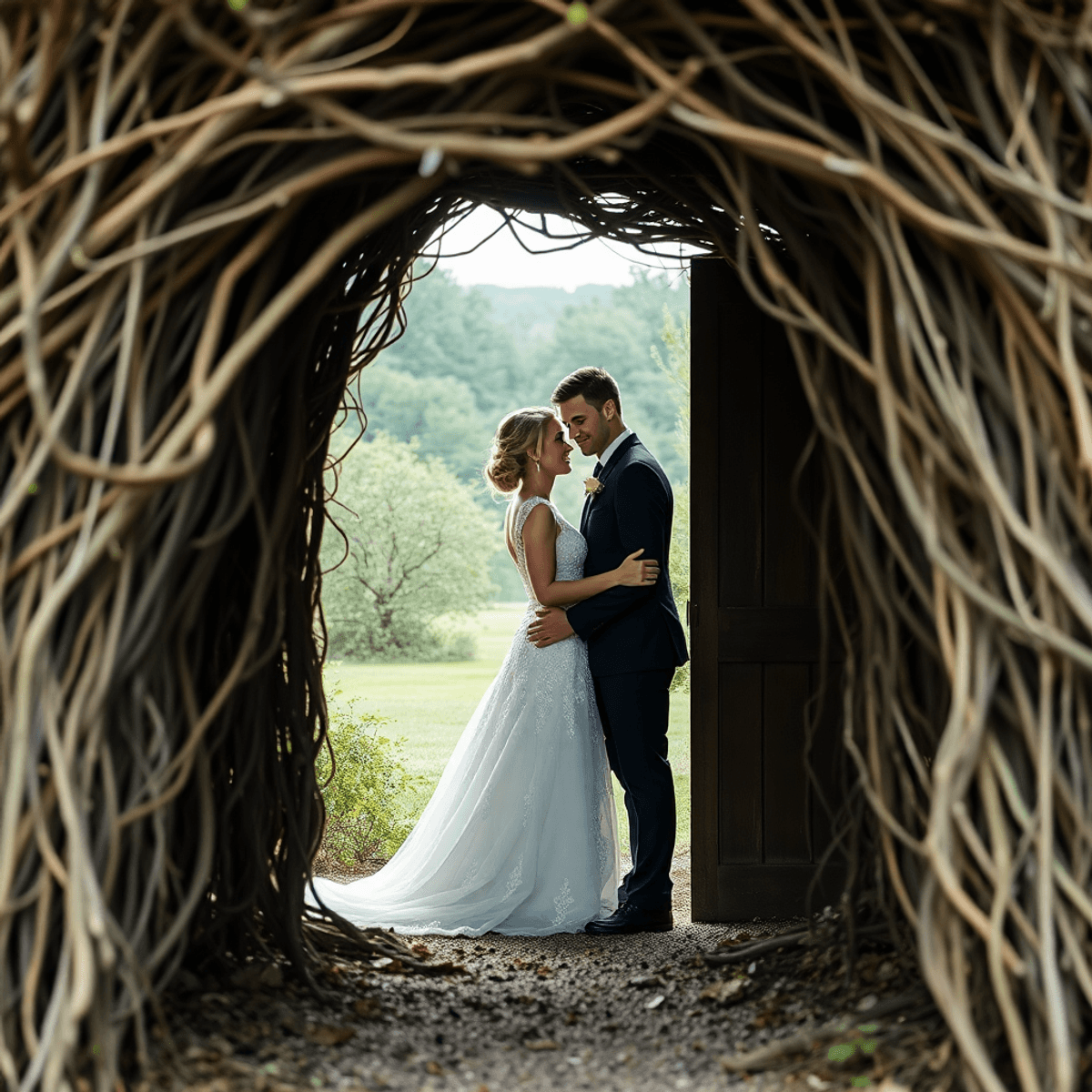
Strong composition enhances partner photos through intentional framing and balance.
Master the rule of thirds to create visual interest.
Use leading lines to draw attention to your subjects.
Create depth through foreground elements and background separation.
Frame couples within natural elements like doorways or branches.
Professional photographers combine multiple composition techniques in each shot.
Consider negative space for editorial looks.
Balance symmetry and asymmetry based on location and pose.
Create visual flow through positioning and environment.
– Rule of thirds
– Leading lines
– Frame within frames
– Negative space
7. Select the Right Gear
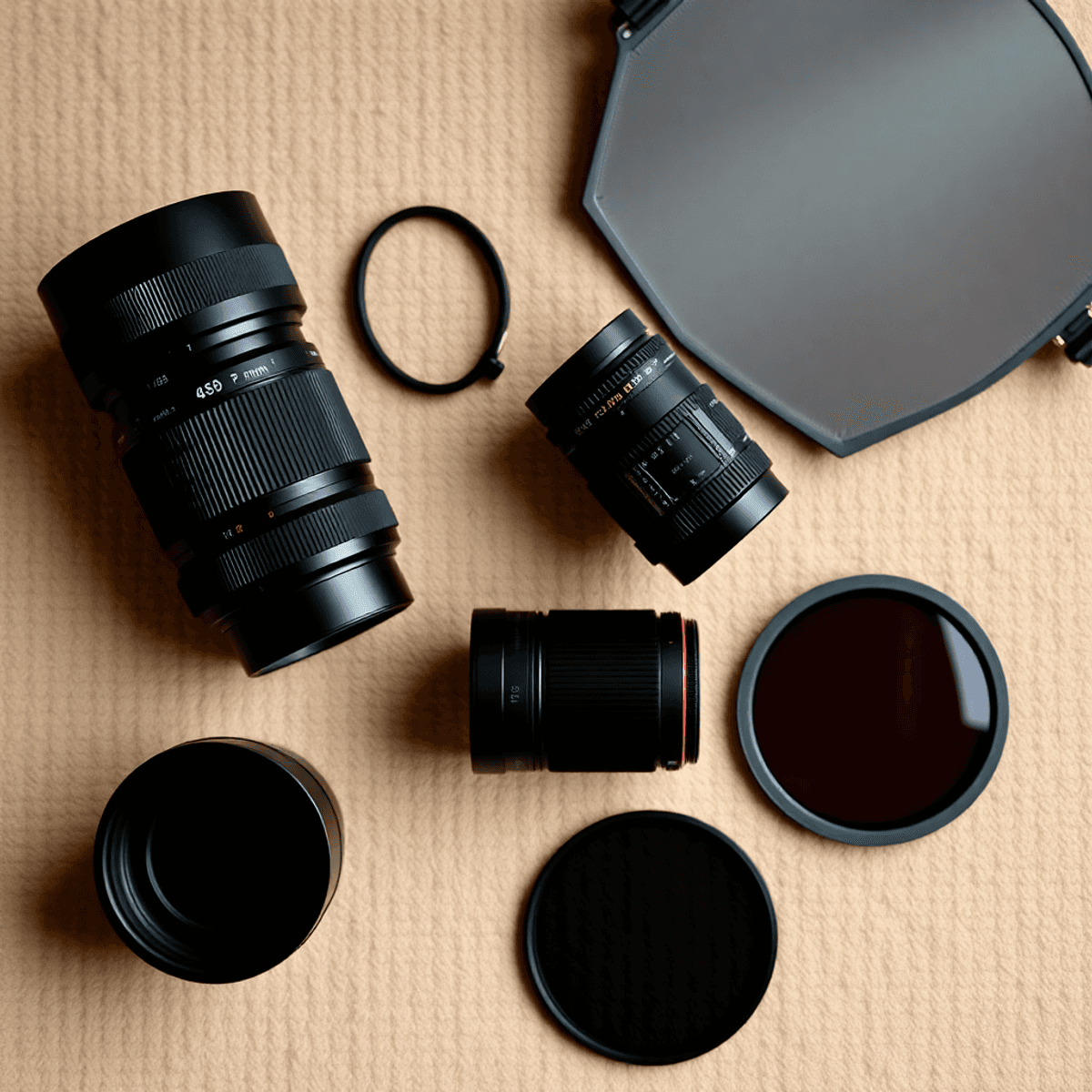
Essential equipment for partner photography starts with versatile lenses and reliable bodies.
An 85mm prime lens delivers ideal compression for portraits.
The 24-70mm zoom handles environmental shots and tight spaces.
Professional photographers carry backup bodies and multiple memory cards. Reflectors control shadows in bright conditions.
ND filters enable wide apertures in sunlight.
Weather-sealed equipment allows shooting in various conditions.
Battery grips extend shooting time.
Lens hoods prevent flare in backlit situations.
– 85mm prime lens
– 24-70mm zoom
– Reflector
– ND filters
8. Edit for Consistency
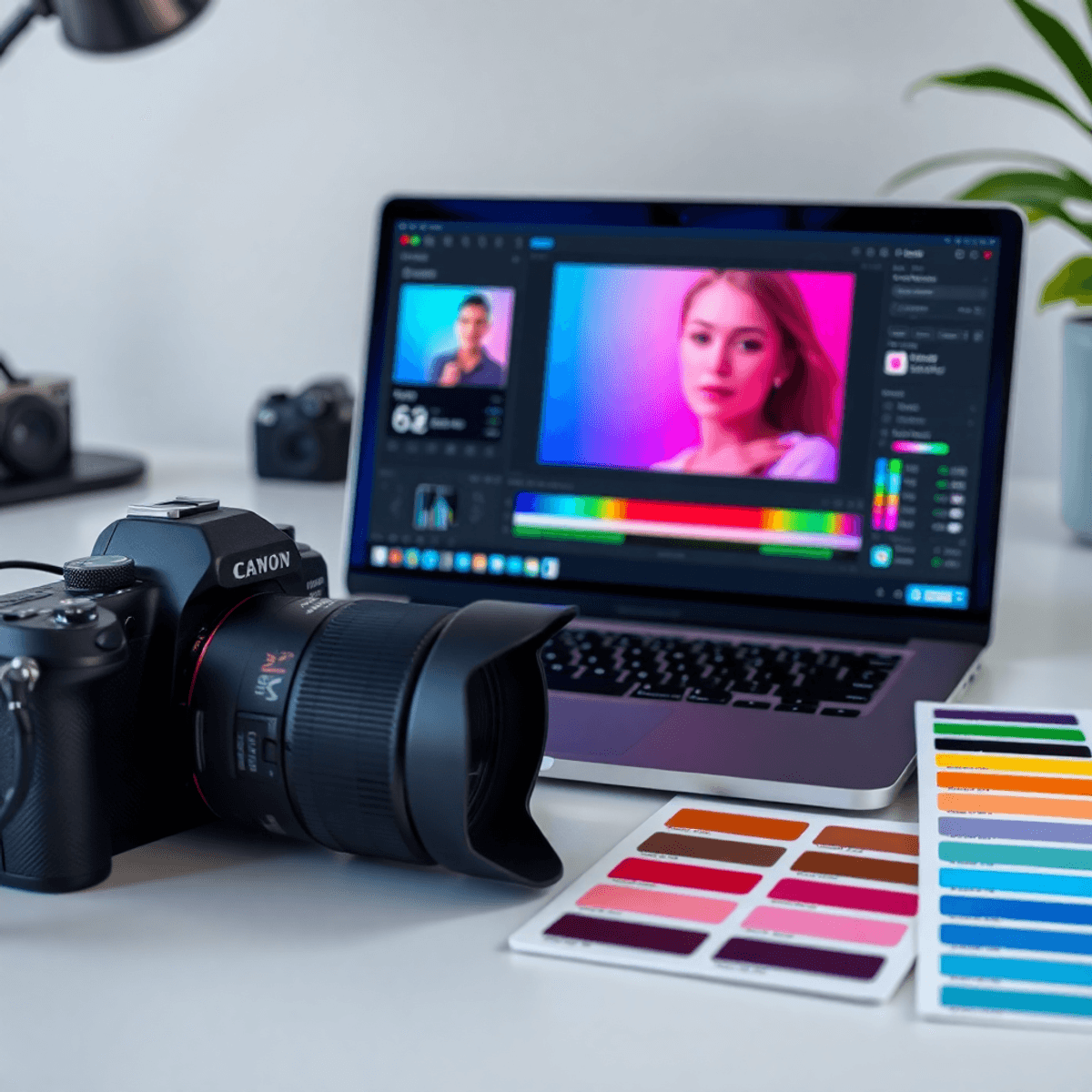
Develop a signature editing style through color grading and exposure consistency.
Professional photographers establish preset foundations for efficient workflows.
Maintain natural skin tones while enhancing mood. Balance shadow and highlight detail.
Create depth through selective adjustments. Build image collections with consistent color stories.
Match white balance across changing light conditions.
Preserve image quality through non-destructive editing.
Backup files follow industry standards for client delivery.
– Color grading
– Exposure balance
– Skin tones
– Black point
9. Create Shot Lists
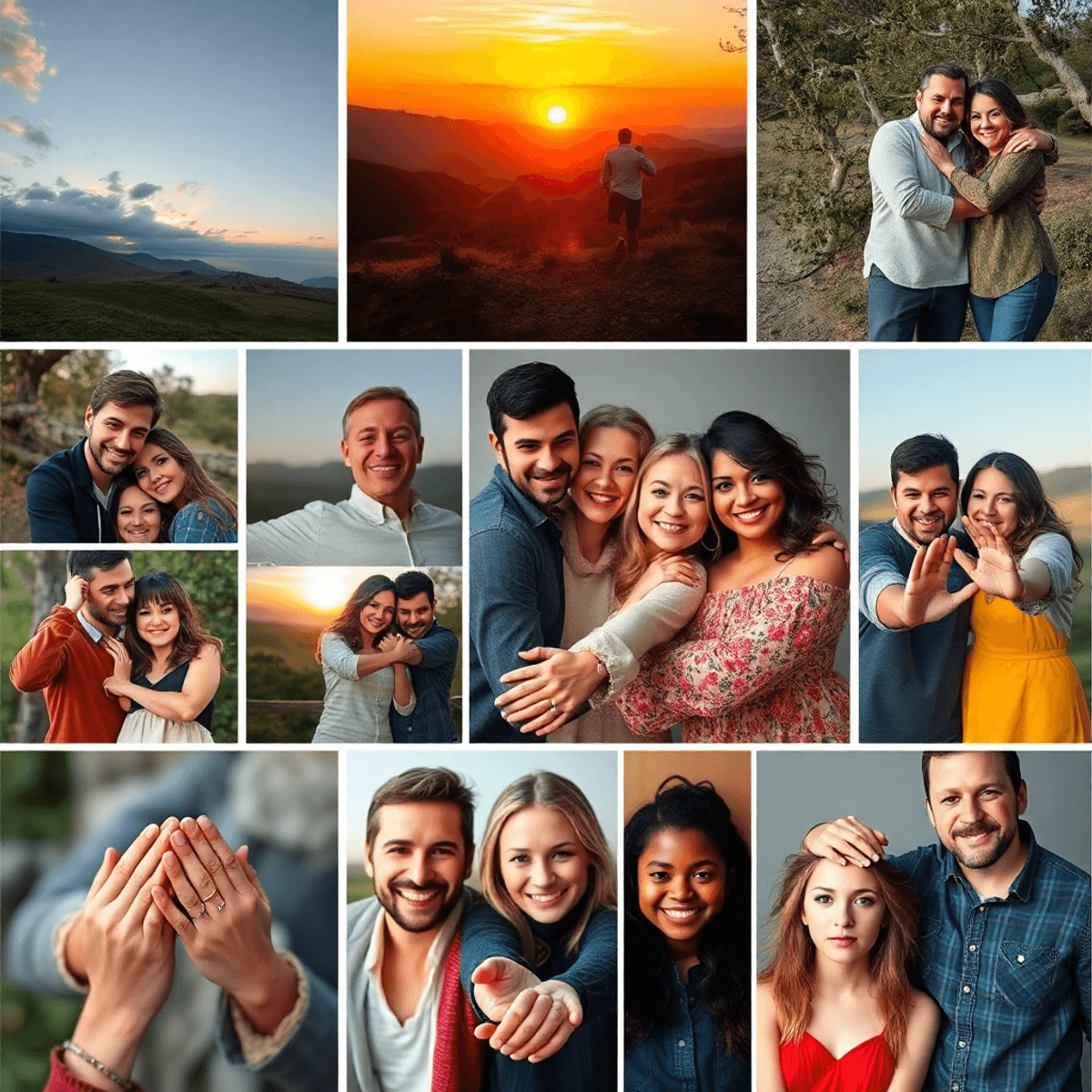
Prepare shot sequences ensuring complete coverage of each session.
Start with establishing shots showing location context.
Move through standard poses into creative variations.
Capture details like hand holds and expressions.
Mix full body and close-up compositions.
Professional photographers maintain mental checklists while staying open to spontaneous moments.
Include individual portraits within couple sessions.
Document candid moments between posed shots. End sessions with sunset or specialty shots.:
– Wide establishing shots
– Medium couples poses
– Close-up details
– Individual portraits
Take Your Partner Photography Higher
Master these techniques through practice. Each session builds experience and refines your approach to partner photography.
RELATED: top 10 moisture absorbing material for storing my lenses
FAQs
How do I pose couples naturally?
Start with basic poses and add movement. Ask couples to walk, talk, and interact while maintaining good angles and light.
What lens works best for partner photography?
An 85mm prime lens provides ideal compression and background blur for partner portraits while maintaining natural proportions.
How long should a partner photo session last?
Schedule 90 minutes for partner sessions. This allows time for multiple locations, outfit changes, and natural moments.
What time works best for outdoor partner photos?
Shoot during golden hour – one hour after sunrise or before sunset – for optimal natural lighting conditions.
RELATED: 10 Portrait Photography Tips for Beginners
